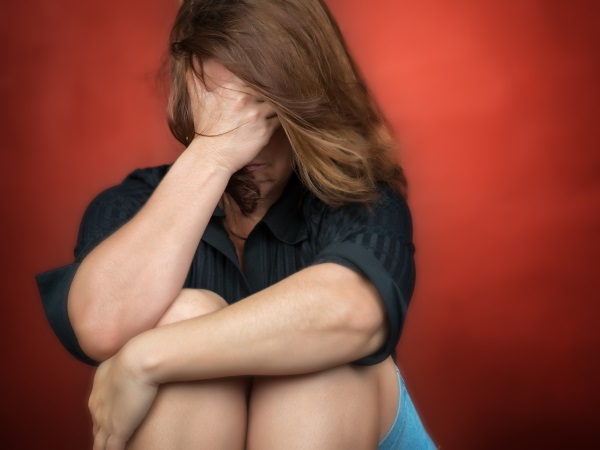A revolutionary new initiative being rolled out in Scotland will see beauty therapists receive specialised training to spot and tackle the signs of domestic abuse.
There are few relationships as intimate as the one between a woman and her beauty therapist. So much so, that therapists are often privy to details many clients wouldn’t dare share with their friends or family.
And that’s just the kind of relationship a cutting edge new initiative aimed at helping victims of domestic violence, is counting on.
The revolutionary new program, which will take form as a series of workshops rolled out at beauty classes in Scotland’s Ayrshire College next year, plans to utilise the tight-knit relationship many therapists have with their clients, to help victims of abuse.
The initiative, which was created by activist organisation Medics Against Violence (MAV), was unveiled during the recent Women’s Aid’s 16 Days Of Action campaign, has been designed to help salon staff pick up on signs of abuse and approach it appropriately.
beauty therapists are more likely to see areas of women’s bodies that may show signs of abuse which would typically be concealed from loved ones with clothing
The program’s founders also site that beauty therapists are more likely to see areas of women’s bodies that may show signs of abuse which would typically be concealed from loved ones with clothing, and are thus in an ideal position to spot and report abuse.
It’s an issue makeup artist Lauren Luke highlighted in a shocking YouTube video aired in 2012 entitled ‘How To Look Your Best The Morning After’, aimed at raising awareness for victims of domestic violence by showing how easily women can hide their scars from loved ones with makeup.
“When a woman visits her hairdresser or beautician she’s in quite a protected setting and her partner is unlikely to be present. Hairdressers and beauticians tend to be good communicators, so they really are in a an ideal position to see the signs and offer support,” MAV founder and surgeon Dr Christine Goodall told Scottish news site scotsman.com.
The MAV project was inspired by Cut It Out, a similar initiative in America aimed at helping beauty therapists and hairdressers recognise and deal with indications of domestic violence.
The first round of workshops will be run in January for two classes of beauty students, who will learn how to handle suspicion of abuse through the AVDR model, which helps empower individuals to ‘Ask, Validate, Document and Refer.’
Have your say: Do you think this initiative is a good idea? Would you like to see a similar model rolled out in Oz?
2 thoughts on “Beauty Therapists ‘Likely’ To See Bruises”
Leave a Reply
You must be logged in to post a comment.



An interesting concept. This is always something I struggle with when noticing a Client has been self harming. We have been taught that we are not Councillors and should not be offering advice outside of our scope of practice…
Absolutely, I have been saying we need this in Australia for some time. I have always tried to teach my staff how to approach this, but it’s very difficult to empower them with the confidence to assist without them attending specific training. We need a national initiative that includes a symbol on our windows indicating to clientele that we are a safe location for them to talk.
We also need to have an industry discussion around the impact that seeing this kind of thing has on our staff. They are ill-equipped to deal with this potential source of workplace stress.
Unlike the mental health, social work, medical arenas, there is no ‘de-briefing’ or ‘clinical supervision’ structure in many salons, leaving staff dealing with situations without the support. Owners too can be ill-equipped to support staff in these situations.
It is past time to bring this program to Australia.